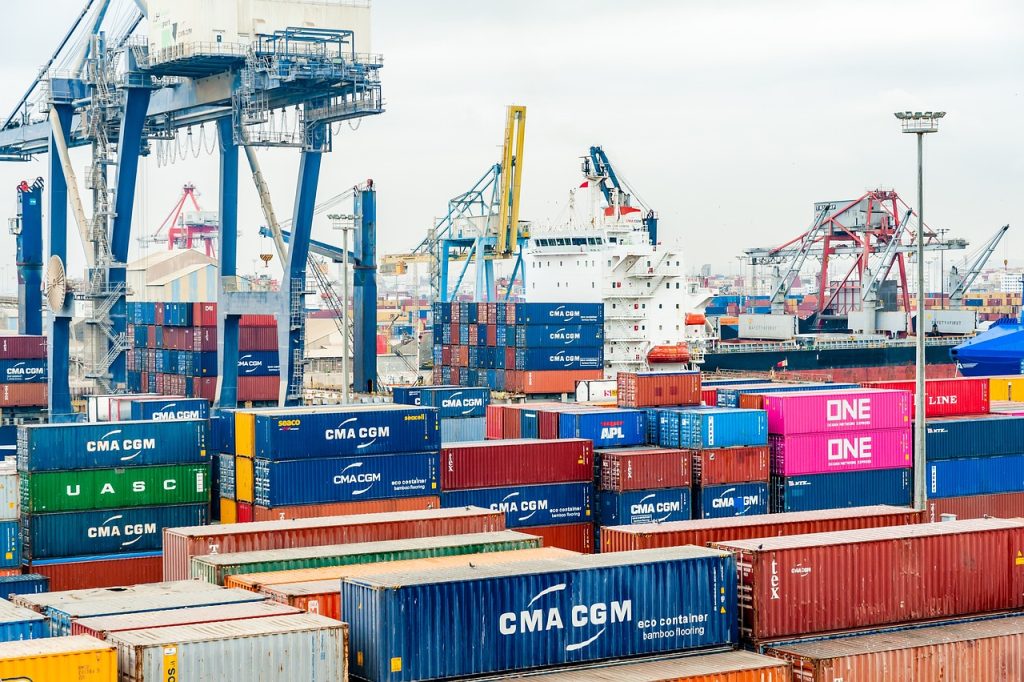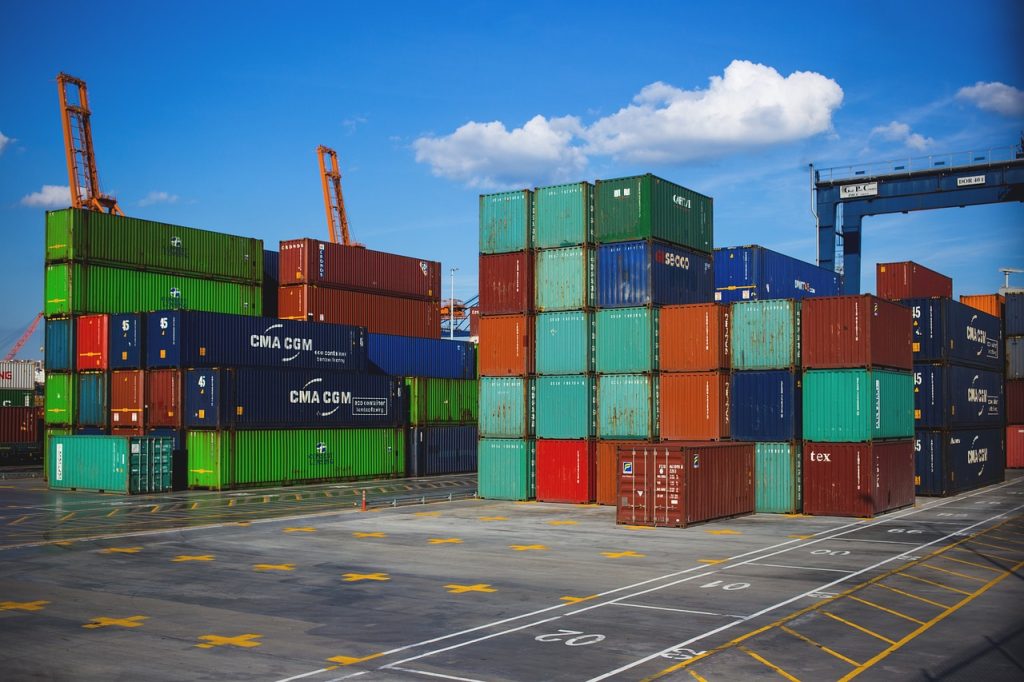China to Europe Sourcing 2026: Freight, Duties & Warehouse Hacks Every Forwarder Needs
Introduction
As we head into 2026, sourcing goods from China for European markets—and even for North American destinations via European hubs—has entered a pivotal new phase. The cost base is shifting, regulatory pressures are intensifying, logistics routes are evolving, and warehouse strategy is becoming more than just a “nice to have”. For forwarders and consolidators working with Chinese-origin goods, staying ahead of these dynamics will determine margin, service reliability, and long-term viability.
In this article we’ll dive into:
- The major cost and regulatory drivers affecting China → Europe sourcing in 2026
- Freight mode comparisons and what they mean for sourcing strategy
- Warehouse and consolidation hacks you need to implement now
- A practical 90-day action plan
- What to monitor and potential risk alerts

1. Major Cost & Regulatory Drivers for China → Europe in 2026
1.1 Freight & Transit Cost Pressures
Though sea freight remains the cornerstone of China-to-Europe flows, the cost environment is changing. A recent 2025 guide shows that shipping from China (e.g., Shanghai, Ningbo) to Europe (Rotterdam, Hamburg) takes ~25-40 days for sea freight, with rail taking ~15-22 days for certain routes. Tonlexing Logistics
Key cost pressures to watch:
- Container scarcity, empty repositioning costs in China, and rising inland haul rates from Chinese factories to ports.
- Port surcharges, demurrage/detention risks both in China and Europe.
- Upside risk in carrier pricing due to route disruptions (e.g., Arctic route experiments, geopolitics).
- For rail and air options: less volume, higher fixed cost, but faster transit—so the landed cost per unit must be carefully modelled.
1.2 Duties, Tariffs & Trade Policy Escalation
Import duties and trade policy risk are rising. For example:
- In the U.S., recent updates show Chinese origin goods are facing increased duty rates. Dimerco+1
- In the EU, China is the largest import partner (~21.3 % of EU imports in 2024) European Commission and EU anti-dumping or subsidy duty investigations (e.g., construction machinery) show the willingness of regulators to apply steep duties (up to ~66.7 %) on certain Chinese goods. energynews.oedigital.com
For forwarders and sourcing specialists: you must assume that origin duties and trade policy risk are no longer negligible.
1.3 Warehouse & Consolidation Cost Levers
Warehousing strategy is becoming a major cost lever:
- Importing into an EU warehouse allows local fulfilment, reducing last-mile cost and duty/clearance risk for end-customers.
- Bulk consolidation in China or at an entry hub reduces per-unit freight/handling cost.
- The greater the delay or uncertainty in transit, the higher your inventory carry cost and risk of stock-out.
1.4 Compliance, Documentation & Customs Complexity
Customs regimes (especially in the EU) are being tightened. The EU Customs Union report emphasises the need for better data, better integration and stronger risk-based control. Taxation and Customs Union
For sourcing forwarders: accurate HS classification, origin declaration, documentation standards, and partner compliance matter. Non-compliance or weak documentation can result in delays, seizures, or elevated cost.
2. Freight Mode Strategy: Sea vs Rail vs Air for Sourcing
2.1 Sea Freight: The Default But With Nuance
Sea freight remains the lowest cost per unit for high-volume flows:
- If you’re shipping full FCL containers of bulk goods from China to Europe, sea is usually optimal.
- Lead times of ~25-40 days are acceptable for many SKUs. Tonlexing Logistics
However: - If your product is time-sensitive (e.g., fashion, trending items) the longer lead time may hurt your competitiveness.
- If your volume is lower or you’re shipping many smaller parcels, the fixed port/handling/warehousing cost begins to eat margin.
2.2 Rail Freight: Speed + Cost Trade-Off
Rail freight China → Europe is increasingly used:
- Transit ~15-22 days for specific corridors as of 2025. Tonlexing Logistics
- Cost is higher than sea but lower than air (for many mid-volume shipments)
Use rail when: - You need faster replenishment than sea can offer.
- Your origin is inland China and rail access is good.
Watch out for: - Corridor reliability (border crossings, gauge change, political risk)
- Smaller economies of scale (fewer volumes = higher unit cost)
2.3 Air Freight: Premium Speed, Premium Cost
Air freight is the choice when:
- SKUs are high margin, time-critical (luxury goods, launches)
- Your volume is low enough that cost is acceptable
Lead time: 3–7 days (or less) for China → Europe. Tonlexing Logistics
Negatives: - Cost per kg/volume is very high
- Capacity tightness or surcharges may spike in peak seasons
- For many sourcing flows from China to Europe, air may only be viable for a subset of SKUs
2.4 Mode Mix Strategy for Forwarders
As a forwarder/consolidator, your task is to build a flexible mode-mix strategy:
- Classify SKUs by value, demand lead-time, margin and cost-sensitivity
- Tier A: High-value/urgent → Air or fast rail
- Tier B: Mid value/moderate urgency → Rail or fast sea
- Tier C: Low value, slow cycle → Sea with bulk FCL
- Monitor lead-time variation, cost per unit, and have thresholds for when to switch mode.

3. Warehouse & Consolidation Hacks Every Forwarder Needs
3.1 China-Origin Consolidation and Container Fill
Maximising container utilisation remains critical:
- Avoid under-filled containers — higher cost per unit
- Consolidate multiple suppliers/factories in China into one container where possible
- Use origin warehouses to minimise inland haul to port and optimise load planning
3.2 Use European Hubs for Local Fulfillment
Once goods arrive in Europe, using a regional warehouse/hub for distribution brings major advantages:
- Lower last-mile cost and faster final delivery to European customers
- Minimised “many small parcels direct from China” risk (duty, handling, customs)
- Opportunity to combine orders and optimise palletisation/packaging for local market
- Enable “just-in-time” replenishment to local stock based on data
3.3 Minimum Order Thresholds & SKU Rationalisation
- Create minimum order quantities (MOQ) or value thresholds to ensure shipping cost justification
- Rationalise SKU portfolio: remove items that incur high landed cost and low margin
- Bundling: group multiple items into single shipments or cartons to reduce handling cost per unit
- Balance frequency vs lot size: many small frequent shipments can cost more than fewer larger ones
3.4 Data-Driven Cost Monitoring & Forecasting
- Build dashboards for landed cost per unit: freight + duty/tariff + warehousing + inland + last-mile
- Forecast inventory carry cost: slower transit = higher buffer stock cost
- Use scenario modelling: “What if freight cost +10%”, “What if duty increases”, “What if lead-time +20%”
- Update quarterly to reflect regulatory, freight and warehousing changes
3.5 Strong Supplier & Forwarder Partnerships
- Develop trusted Chinese supplier relationships: they must understand consolidation practices, documentation, packaging standards
- Choose forwarders who offer multi-modal options, strong EU (and/or North America) hub networks, customs brokerage expertise
- Negotiate consolidation terms: stable FCL rates, clearer cost pass-throughs, transparent documentation
4. 90-Day Action Plan
| Timeframe | Key Actions |
|---|---|
| Days 0–30 | • Audit current China → Europe flows: SKU list, volume, freight mode, landed cost. • Build baseline landed cost model for each SKU including best-case freight, duty/tariff exposure, warehousing, last-mile. • Segment SKUs by value/urgency/margin and assign mode tier. • Review and negotiate with forwarder: options for China origin consolidation, container fill strategy, European hub readiness. |
| Days 31–60 | • Pilot alternative mode for selected SKUs (e.g., move mid-value SKUs from sea to rail). • Combine multiple China suppliers into consolidated container shipments where possible. • Secure warehouse/hub capacity in Europe and test small-batch inbound plus local distribution. • Update pricing or MOQ for high-cost/high-risk SKUs; communicate changes to suppliers/customers. |
| Days 61–90 | • Review pilot results: landed cost, lead-time, service reliability, customer satisfaction. • Formalise forwarder & supplier contracts for 2026: locked rates, contingency clauses, mode flexibility. • Implement monthly KPI tracking: cost per unit by mode, inventory carry cost, lead-time variance, duty/tariff exposure. • Set triggers for mode change or SKU exit: e.g., if cost per unit increases +15% vs baseline. |
5. What to Monitor & Risk Signals
- Freight rate spikes or container shortage: sea/rail cost may escalate rapidly
- Trade policy changes: duty increases or anti-dumping investigations on Chinese goods (e.g., EU’s recent duties on Chinese machinery) energynews.oedigital.com
- Mode shift reliability issues: rail corridor disruptions, sea route delays, air capacity constraints
- Warehouse/hub cost increases or capacity bottlenecks: local labour, land cost, regional regulations
- Documentation/compliance failures: missing HS codes, origin misreporting, supplier packaging issues
- Inventory risk: slow turnover SKUs may tie up capital and degrade margin if lead-time extends or demand falls
Conclusion
Sourcing from China for European (and North American via Europe) markets in 2026 is still hugely viable, but the game has changed. Forwarders and consolidators cannot rely on old assumptions of low cost, standard lead-times, or minimal regulatory friction.
